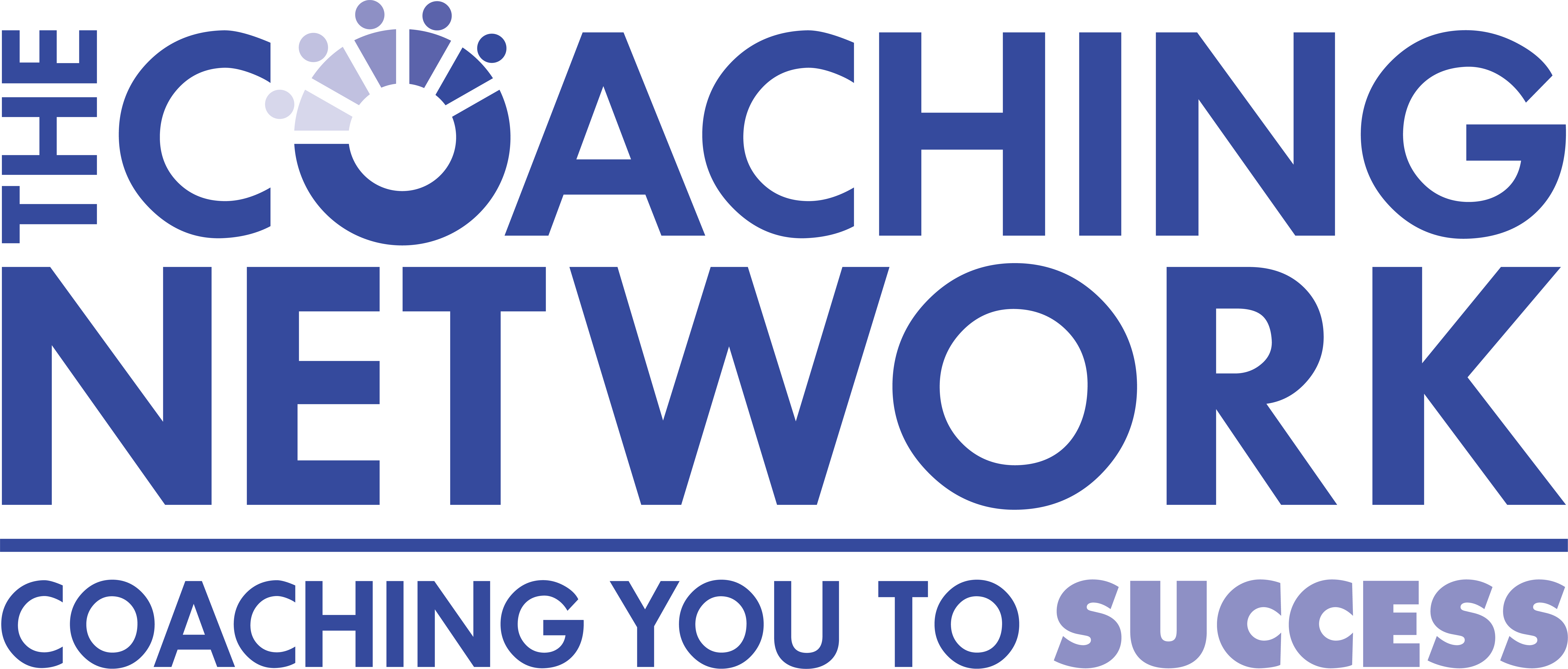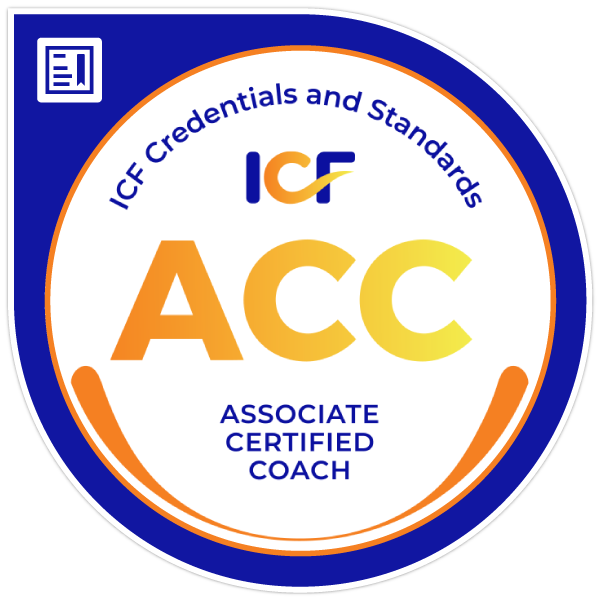If you’ve ever felt stuck, like you’re just on the edge of something big but can’t seem to break through, The Big Leap by Gay Hendricks might offer the clarity you’re looking for. The book’s central concept is about breaking through your “Upper Limit Problem” (ULP) and stepping fully into your “Zone of Genius.” Let’s explore what these concepts mean and how you can apply them, along with a few insights from a recent conversation I had with DeDee Cai, the founder of Fit to Profit.
What is the Upper Limit Problem?
Hendricks explains that many of us unconsciously self-sabotage when things are going really well. This “Upper Limit Problem” happens when we hit a ceiling for how much success, love, or abundance we’re comfortable receiving. We might procrastinate, get into unnecessary conflicts, or engage in busywork that doesn’t move us forward.
Example: Imagine a business owner who just landed a big client, but instead of focusing on maximizing this win, they spend hours organizing their inbox or attending to tasks in their Zone of Competence. This is a classic ULP, subconsciously keeping yourself from pushing past your limits.
A great resource for identifying activities that keep us in our Zone of Competence is a priority matrix. Use this handy resource to help you identify the activities that will truly have a big impact on you and your business.
Moving into Your Zone of Genius
The book introduces the idea of living in your “Zone of Genius,” which is where you do your most satisfying and impactful work. It’s a level beyond competence or even excellence, it’s where your unique skills and passions align perfectly.
In my conversation with DeDee, she emphasized the importance of time discipline to carve out space for that Zone of Genius. As she put it:
“You have to make time for what’s important. I’m very disciplined with my schedule, and if it’s not on my digital calendar, it doesn’t happen.”
Her advice is practical but essential. If you don’t prioritize and block off time for your most important work, it will get swallowed up by busywork. Use our free resources to help you identify those key activities and find ways to work them into your daily habits.
Einstein Time: Taking Control of Your Day
One of the book’s more abstract ideas is “Einstein Time,” which suggests that time is something we create and control. Instead of seeing time as a limited resource (Newtonian Time), we shift our mindset to expand time around the things that matter most.
When I asked DeDee about this concept, she shared a similar approach, focusing on efficiency and the importance of rest:
“When you’re well-rested, you’re more productive. I don’t deviate from my sleep schedule, and I’m strategic with planning out my day.”
She also uses time-blocking, making sure to do her most focused work early in the day when energy levels are highest. This practical approach aligns with Hendricks’ ideas and serves as a way to make the somewhat abstract concept of Einstein Time more tangible. Use our habit tracker to develop healthy habits that allow you to engage in Einstein time more often.
How to Overcome the Fear of Alienation
One of the biggest challenges in making your Big Leap is the fear of alienating those around you. As you focus on personal and professional growth, it’s natural to worry about distancing yourself from friends, family, or colleagues. When I asked DeDee how she balances this, she explained the power of communication:
“If your loved ones know what you’re working on, they’ll understand why you’re focused on certain things. It’s not about isolating yourself but inviting others to support your journey.”
It’s important to communicate your goals clearly with those around you, so they can either support your growth or understand that your priorities have shifted.
Key Takeaways and Reflection
While The Big Leap offers powerful insights, it also presents challenges. Here are a few questions to reflect on that address some of the book’s more difficult aspects:
- How do you identify your Zone of Genius in a busy, everyday life where you’re constantly juggling tasks?
- Carving out time for your Zone of Genius requires intentional scheduling. Are there parts of your day where you can be more disciplined?
- Carving out time for your Zone of Genius requires intentional scheduling. Are there parts of your day where you can be more disciplined?
- What do you think is the biggest obstacle to overcoming your Upper Limit Problem?
- Since self-sabotage can be unconscious, how do you start recognizing when you’re holding yourself back?
- Since self-sabotage can be unconscious, how do you start recognizing when you’re holding yourself back?
- The idea of “Einstein Time” suggests we can control time. How realistic is this for someone managing multiple responsibilities?
- Is it practical to shift your mindset around time when you’re juggling personal and professional obligations?
- Is it practical to shift your mindset around time when you’re juggling personal and professional obligations?
- How do you handle the fear of alienating loved ones or colleagues as you pursue higher levels of success?
- Have you communicated your goals to those closest to you, and how can you maintain strong relationships while focusing on your growth?
- Have you communicated your goals to those closest to you, and how can you maintain strong relationships while focusing on your growth?
- If you’re not currently in a role that allows you to operate in your Zone of Genius, how do you start shifting toward it?
- What small steps can you take to delegate tasks or restructure your responsibilities so you can spend more time in your Zone of Genius?
Biggest Takeaway
The Big Leap is more than just a book about success—it’s a guide to breaking through your self-imposed limits and stepping into your full potential. As DeDee mentioned in our conversation, it all comes down to discipline, communication, and mindfulness. With the right approach, you can make time for your Zone of Genius and overcome the Upper Limit Problem that’s holding you back.
For more tools on staying on track, visit The Coaching Network’s free resources, where you can download habit trackers, goal worksheets, and more to help you stay focused on your Big Leap.


